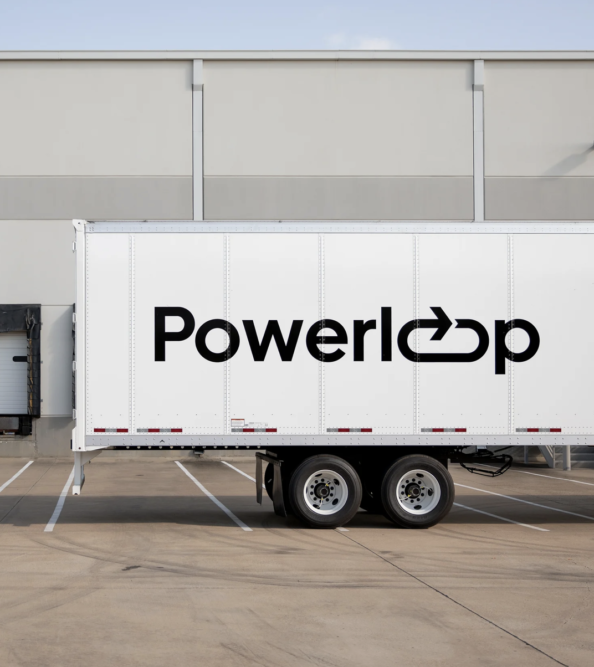Uber Freight rolls out tech upgrades in Powerloop trailer pool
Drop-and-hook capacity solution adds expanded dedicated fleet options, load bundling, smart sensors

Digital freight broker Uber Freight today said it has expanded the capabilities of its drop-and-hook capacity solution, Powerloop, to optimize freight networks.
According to Uber Freight, drop and hook services have become increasingly sought-after, meeting the evolving needs of shippers for flexible transportation solutions while also offering carriers enhanced efficiency and earning potential.
Launched in 2018, the company’s Powerloop drop-trailer network has answered that call by providing users access to an enormous carrier supply and massive trailer pool, Alyssa Correale, vice president of operations at Uber Freight, said in an interview. That has led to quick growth, with more than 10,000 carriers servicing more than 220,000 loads to date. In 2023 alone, the capacity program experienced a 30% increase in load volume.
The latest enhancements include an expanded dedicated fleet offering, AI-powered bundling capabilities to build carrier drop and hook tours, and telematics-enhanced smart trailers. More specifically, the system now facilitates the creation of dedicated fleets leveraging carriers across the U.S. It reduces wasteful deadhead miles by providing carriers with access to hauling bundles of loads from multiple shippers, helping to increase carriers’ earnings while minimizing their dwell time. And Powerloop trailers provide real-time visibility data and cargo theft alerts by using GPS units, cargo sensors, door sensors, and 24/7 monitoring cameras.
In combination with the large scale of the Uber Freight brokerage operations, those technology investments make Powerloop highly efficient, as seen in a statistic that its trailers have 91% loaded miles, running empty just 9% of the time, Correale said. It is also very liquid, providing users with the flexibility to quick scale up or down to match their freight needs from season to season, she said.
The tech upgrade is also intended to help Uber Freight compete more effectively in the market. Other trailer pool products in the U.S. include J.B. Hunt Transport Services Inc.’s J.B. Hunt 360box, as well as assets in use by private fleets such as Walmart and the large grocery chains. Digital freight matching service Convoy had also operated one until recently, but that company went under in 2023.
Related Articles

Copyright ©2024. All Rights ReservedDesign, CMS, Hosting & Web Development :: ePublishing